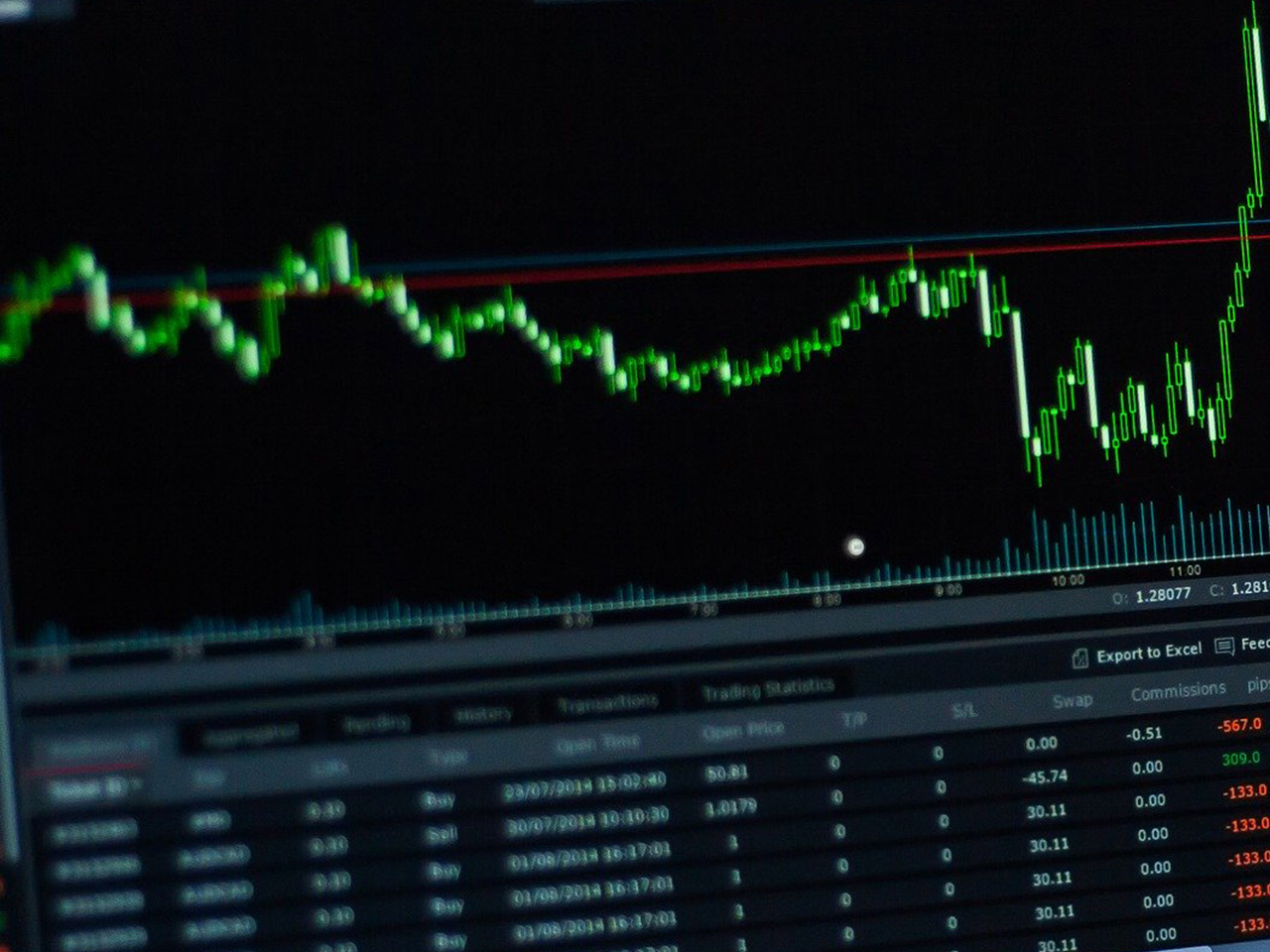Marks and Spencer Group PLC (MKS.L), a stalwart of the British retail scene, continues to capture the attention of investors as it navigates the evolving consumer landscape. With its market capitalisation standing at a robust $7.16 billion, the company remains a significant player in the Consumer Cyclical sector, specifically within the Department Stores industry. As a quintessential British brand, Marks and Spencer’s operations span across fashion, home, beauty, and a diverse array of food products, both domestically and internationally.
The current share price is positioned at 355 GBp, reflecting a stable performance with a minimal price change. While the stock has experienced fluctuations within its 52-week range of 310.80 to 411.30 GBp, it maintains a promising outlook with an average analyst target price of 420.67 GBp, suggesting a potential upside of 18.50%.
Investors are keenly observing the company’s valuation metrics, although certain traditional metrics such as the trailing P/E ratio and PEG ratio are unavailable. The forward P/E ratio is notably high at 1,056.20, which may cause some investors to proceed with caution as they assess the company’s future earnings potential. Despite this, Marks and Spencer demonstrates a commendable revenue growth rate of 6.20%, alongside a return on equity of 10.10%, indicating solid operational efficiency.
The company continues to reward shareholders with a dividend yield of 1.01% and maintains a conservative payout ratio of 21.43%. This prudent approach to dividends suggests a strategy focused on sustainable growth and long-term financial health.
Analyst sentiment towards Marks and Spencer is predominantly positive, with 11 buy ratings and 4 hold ratings. Notably, there are no sell ratings, which underscores a general confidence in the company’s strategic direction and market position.
From a technical perspective, Marks and Spencer’s stock hovers just below its 50-day and 200-day moving averages, at 357.57 GBp and 364.16 GBp, respectively. The RSI (Relative Strength Index) of 52.52 suggests the stock is neither overbought nor oversold, presenting a neutral stance in terms of momentum. However, the MACD (Moving Average Convergence Divergence) of -1.51 may indicate a bearish trend, warranting close attention from technical analysts.
Marks and Spencer’s diverse operational segments, including its partnership with Ocado and international franchising efforts, provide a broad revenue base and opportunities for expansion. The company’s strategic focus on both physical and online retail channels aligns with current consumer shopping trends, positioning it well for future growth.
As Marks and Spencer continues to adapt and innovate within the competitive retail landscape, individual investors will find much to consider in their assessment of this iconic British brand. The company’s ability to balance tradition with modernity, coupled with its strategic investments, will be key factors to watch in the months ahead.








































